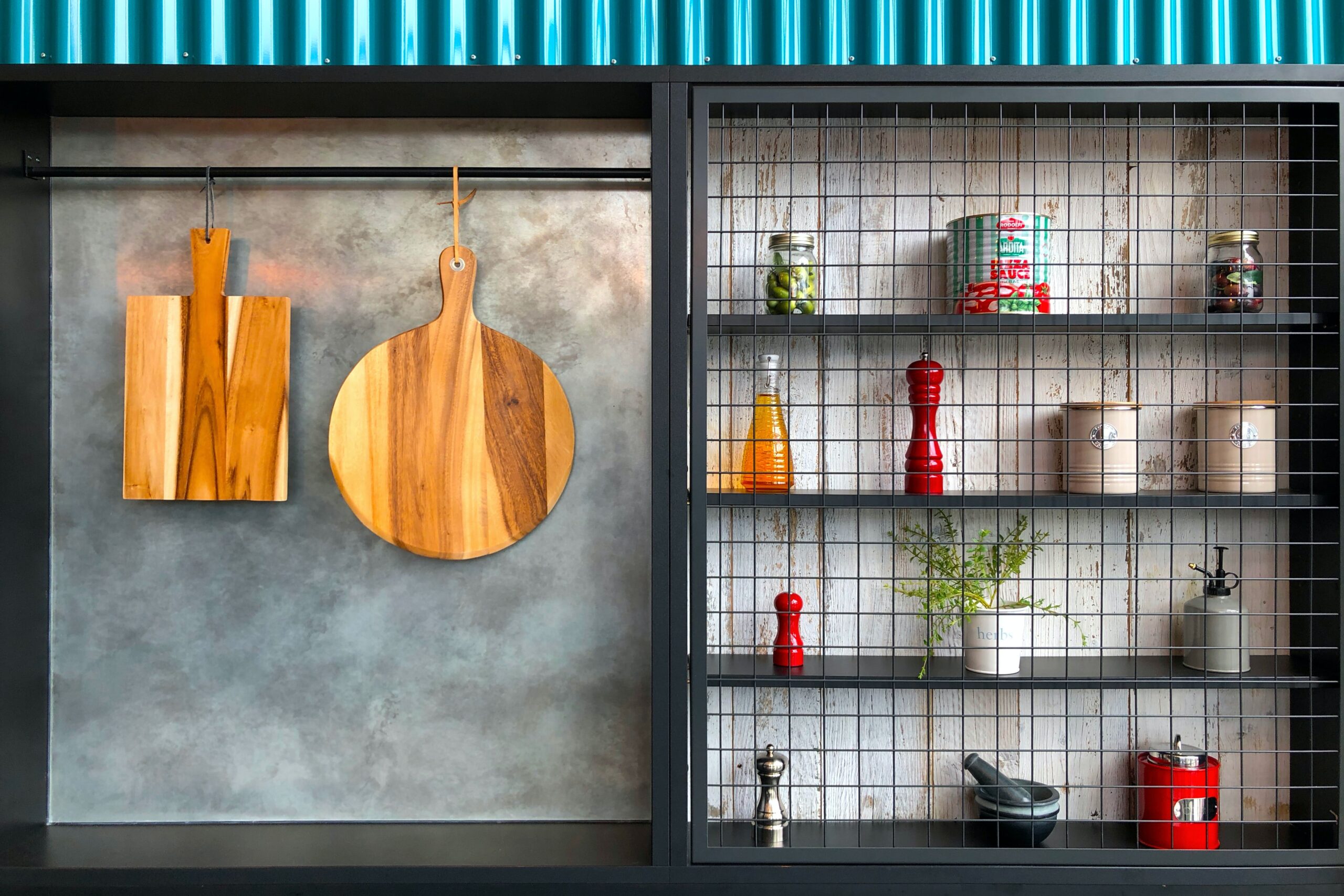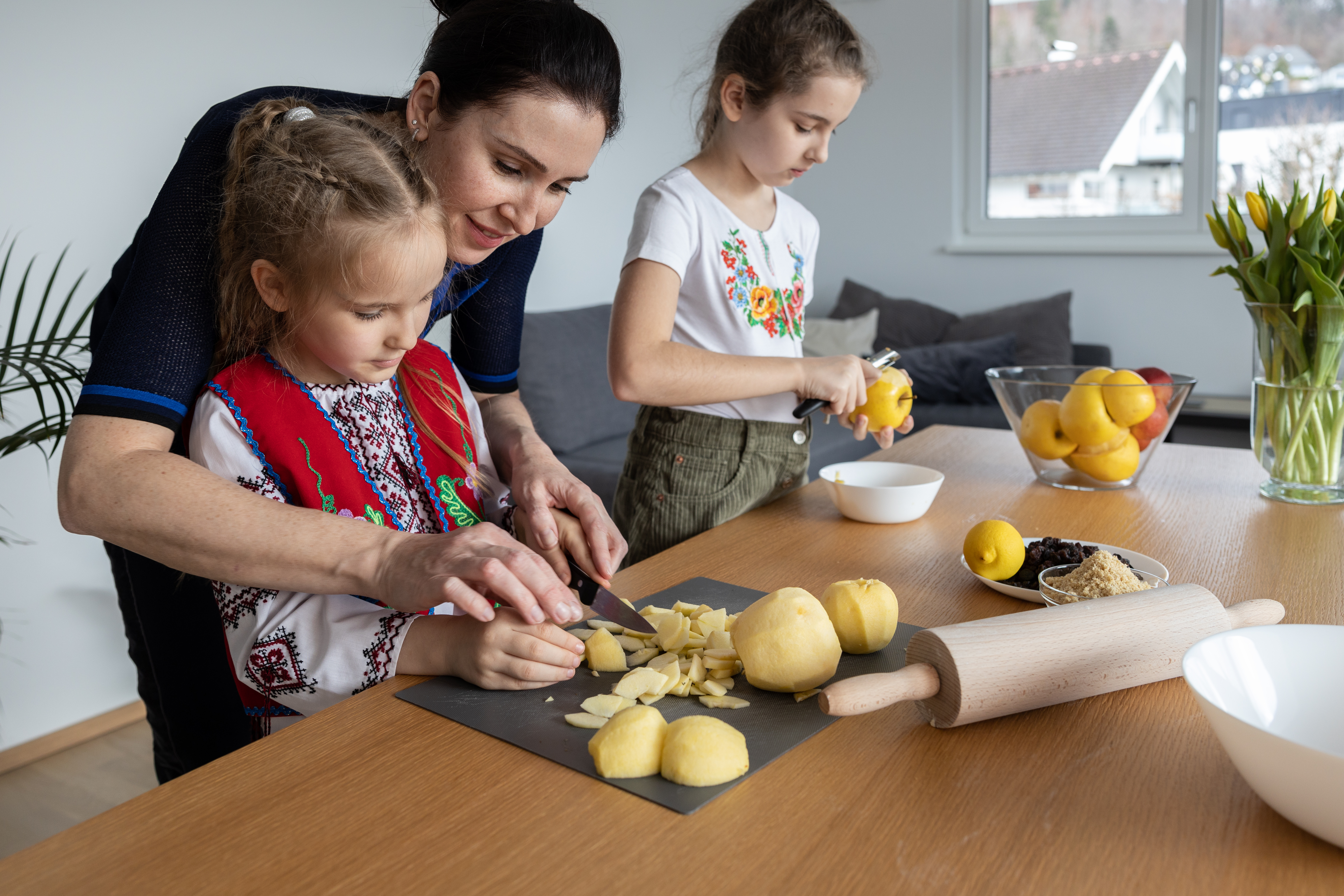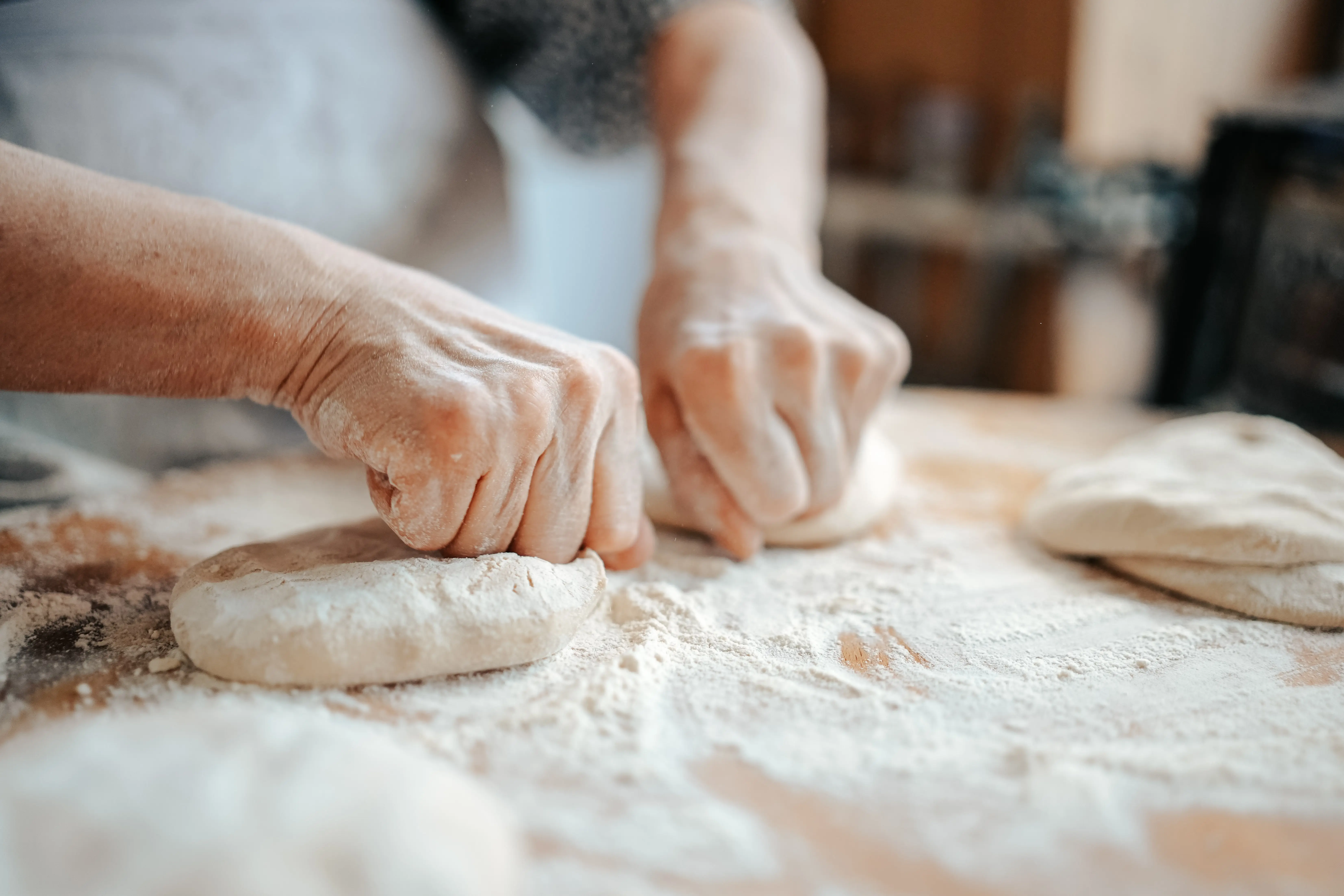3 Things to Keep in Mind When Using Cooking Therapy in Occupational Therapy

Cooking therapy is like a warm hug for the soul, bringing comfort and joy to individuals of all ages and abilities. It’s a unique and creative form of occupational therapy that utilizes the power of food and cooking to promote physical, cognitive, and emotional well-being.
In this article, we’ll explore three important things to keep in mind when using cooking therapy as part of occupational therapy. But first, let’s dive deeper into what cooking therapy is all about and how it can benefit individuals of all backgrounds and abilities.
What is Occupational Therapy and Why Cooking Therapy is a Part of It
Occupational therapy is a form of healthcare that aims to help people of all ages and abilities participate in daily activities and achieve their goals. This form of therapy focuses on enabling individuals to engage in meaningful activities that they find purposeful and enjoyable, such as self-care, work, and leisure activities. By using a range of techniques and tools, occupational therapists help individuals build the skills and confidence they need to engage in daily activities and live their lives to the fullest. And cooking therapy is one of many techniques that occupational therapists use to promote physical, cognitive, and emotional well-being.
So let’s dive into it.
Who Can Benefit From Cooking Therapy
Cooking therapy can be used for individuals with specific needs, such as those with developmental disorders, disabilities, or medical conditions, as well as individuals who are in good health but looking for an enjoyable way to alleviate the stresses of everyday life.
For individuals with specific needs, cooking therapy can be a valuable tool for building essential life skills and promoting independence. Occupational therapists can use cooking therapy to teach important skills such as meal planning, grocery shopping, and safe food handling, while also fostering socialization and teamwork. For example, a child with a developmental disorder may benefit from learning how to measure ingredients or use kitchen tools, while an older adult with a medical condition may benefit from learning how to prepare healthy meals that meet their dietary needs.
On the other hand, for individuals who are generally well or in good health, cooking therapy can be a fun and engaging way to unwind and release small everyday stressors. Cooking therapy offers a chance to step away from the hustle and bustle of daily life and focus on the present moment, all while enjoying the satisfaction of creating something delicious. This can be especially beneficial for those who lead busy and stressful lives and are looking for a healthy and enjoyable way to unwind and relax.
3 Things to Consider When Practicing Cooking Therapy With a Therapist or by Yourself
So whether you are practicing cooking therapy with a therapist or on your own, there are a few important things to keep in mind to ensure that you get the most out of your experience.
Don’t Be Afraid of Complicated Recipes
If you’re practicing cooking therapy with a therapist, it’s important to remember that they will work with you to choose recipes that are appropriate for your needs and abilities. Your therapist will select recipes that challenge you, but are still within your skill level to complete independently. For example, if you’re recovering from an injury or illness, your therapist may start with simple recipes such as soups or salads that allow you to focus on basic tasks like chopping vegetables or stirring ingredients.
If you’re practicing cooking therapy by yourself, it’s important to choose recipes that are not too complicated. You may be tempted to try advanced recipes, but it’s important to start with simpler ones that match your skill level. This will allow you to build your confidence and improve your cooking skills over time. For instance, if you’re a beginner, it’s best to start with easy-to-make recipes such as roasted chicken or pasta dishes that don’t require too many steps or ingredients.
Create a Structured Environment for Cooking Therapy Session
If you’re practicing cooking therapy with a therapist, they will help you create a structured environment during your sessions. This will involve setting up a schedule and organizing the kitchen with all the necessary tools and ingredients. By following a routine, you’ll develop a sense of purpose and accomplishment, which can boost your self-esteem and confidence. Moreover, a structured environment helps you learn valuable skills such as time management, prioritization, and decision-making.
If you’re practicing cooking therapy by yourself, it’s important to create a structured environment in your kitchen. This means setting up a schedule for your cooking sessions and organizing your kitchen with all the necessary tools and ingredients before you start. By doing so, you’ll be able to focus on the task at hand and avoid getting overwhelmed or distracted. Moreover, a well-organized kitchen can boost your confidence and help you feel more capable of completing the recipe successfully.
Emphasize the Process, Not the Product
When participating in cooking therapy, it’s important to remember that the process is just as important as the end result. Whether you’re working with a therapist or practicing on your own, the focus should be on enjoying the sensory experience of cooking and developing new skills along the way. Rather than placing undue pressure on the final product, celebrate the small accomplishments and progress made during the cooking process. This approach can help boost confidence, self-esteem, and promote a positive emotional well-being. Remember, cooking therapy is more about the journey, not just the destination.
Conclusion
Cooking therapy as a part of occupational therapy can be an effective and enjoyable way to promote physical, cognitive, and emotional well-being. By choosing appropriate recipes, creating a structured environment, and emphasizing the process rather than the product, individuals can develop important life skills while also having fun in the kitchen.
So, next time you’re looking for a new way to engage and support the individuals you’re working with, consider incorporating cooking therapy into your occupational therapy program.
Frequently Asked Questions
Do you need to be a professional cook to practice cooking therapy?
No, you do not need to be a professional cook to practice cooking therapy. Cooking therapy can be adapted to meet the specific needs of each individual, and therapists can work with individuals to select recipes that are appropriate for their skill level.
Can I practice cooking therapy by myself?
Yes, you can practice cooking therapy by yourself. By selecting appropriate recipes, creating a structured environment, and emphasizing the process over the product, individuals can practice cooking therapy in their own homes.
How can cooking therapy help reduce stress?
Cooking therapy can help reduce stress by providing a fun and engaging activity that can distract from everyday stressors. By focusing on the process rather than the end result, individuals can feel less pressure and more relaxed. Additionally, the sensory experience of cooking, such as the smells, textures, and tastes of ingredients, can also help reduce stress.

Written by It’s Cooking Therapy
More From This Category
What is Childhood Food? And How it Shapes Our Relationship with Food?
Childhood memories are often associated with food. The taste, smell and texture of our favourite childhood dishes can transport us back to a simpler time, filled with carefree moments and warm feelings. Whether it's a comforting bowl of soup or a...
A Brief History of Cooking Therapy Concept
Cooking is an essential part of our daily lives, and for many of us, it's a way to unwind and relieve stress. Cooking therapy, also known as culinary therapy, is a type of therapy that harnesses the power of cooking to improve mental health and...
Cooking Therapy and Mental Health: Nourishing Your Mind, Body, and Soul
Cooking therapy, also known as culinary therapy, is a form of therapy that uses cooking and other culinary-related activities to improve one's mental health. Cooking has been shown to have many benefits for mental health, including reducing stress...








0 Comments